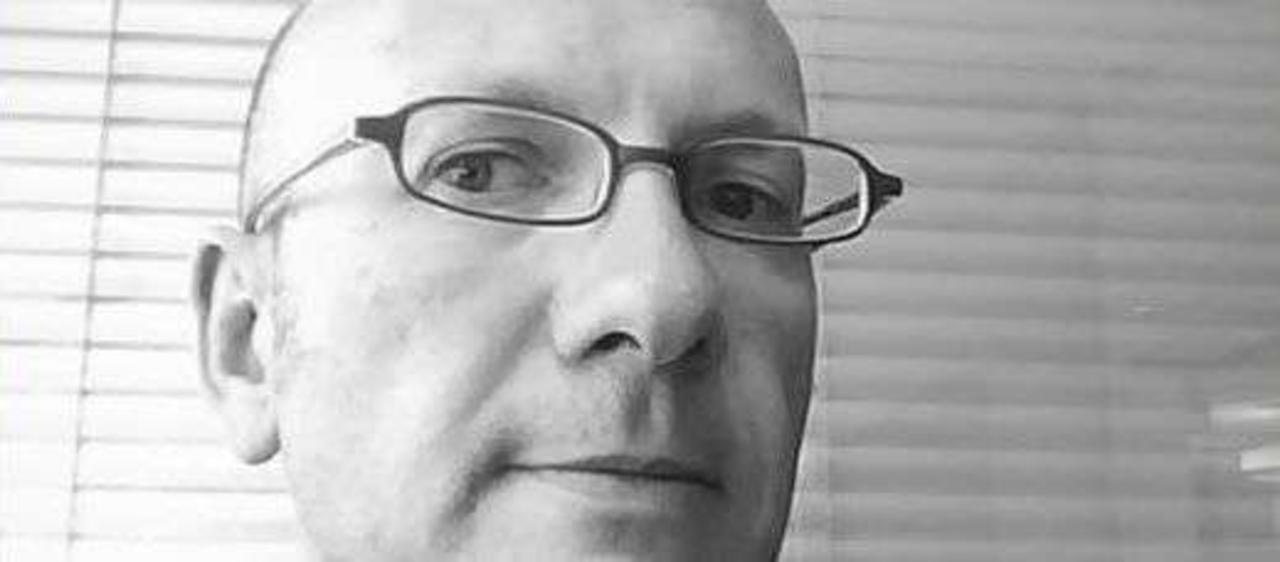This is the session synopsis of my keynote presentation at Figaro Digital in London on November 23, 2011. I only used a few slides which I will provide later on. In this presentation I gave my tips for organising social media teams in large organisations, based on my current experience at Orange.
This is part 1 of this presentation. In order to gather all parts, click or use the following short link: http://bit.ly/figaroyag11
[all photos by Yann Gourvennec: http://bit.ly/picasayann]
1. the social media strategist’s dilemma
Jeremiah Owyang, industry analyst at Altimeter Group, gave us a presentation in Paris in December 2010 which rang many bells at the time. In that presentation, entitled the Career Path of the Social Media Strategist[1], he described the dilemma that every social media strategist in my position is facing: either we scale and industrialise our job or we crash! The volume of requests is staggering, the number of new platforms ever increasing.
November 2011 is a critical month for instance: Google+ released its business pages on November 4th, 2011 and everybody in Socialmedia.org and everywhere else is asking themselves whether to dip or not to dip a toe in the water … It may seem trivial but how do we get ourselves organised? Do we have to throw more budget onto this – and if so for what purpose? – Or more resources, or do nothing and then run the risk of being a laggard? Decision-making has to be brisk, and the consequences aren’t minimal. Building a new network of fans/followers/likers … whatever you call them is the basis for doing community work and practice word of mouth marketing, and it is a job which requires many efforts and resources.
Even on existing platforms, one has to improve the way in which we are responding. It is particularly true at Orange, because we are a popular service provider with millions of clients and like any other service provider, one has to pay a lot of attention to customer service. It is therefore of paramount importance that we – at Corporate communications – understand that.
As a conclusion to his presentation, Jeremiah demonstrated that there were 4 potential organisational models and that the only viable one in a large organisation, the only one which scales, is the one called multiple hub and spoke or “dandelion”, in which empowerment is enforced, and the focus is on education, delegation, cross-organisational work and best practice sharing.
Jeremiah with Stan Magniant from Publicis
From our own perspective, this is easy to understand. Not only do I manage the Corporate Orange Website (Orange.com) and social media engagement with my team, but I also have to coordinate other initiatives in other entities and other countries (we have presence in 35 countries) as well as define the Governance that goes with this.
Now that we have established that there is a strong requirement for implementing the “dandelion” organisation, how do we do that? And how do we do that in a mostly de-centralised organisation. Most organisations, a fact I was able to witness throughout my career, are de-centralised. De-centralised organisations are more creative, but they are also more challenging with regard to how one implements programmes across the board. If your organisation is more regimental, and all you need to do is press a button this presentation isn’t for you. Having said that, even in the Army when I was part of it, I witnessed a lot of de-centralisation which gave us leeway to do things and innovate at our level.
We have been busy working on Social Media at Orange for a long time now. Even though it’s only 4 years, Internet[2] years are said to be longer than ordinary years, only Internet pioneers remember that though. When I started working in this industry this is what used to be common knowledge. Internet years were likened to dog-years, i.e. supposedly 1 year equalled 7 years. Although there is nothing scientific to back this statement up, it is true that a lot has happened in just 4 years and sometimes I realised that everything we have learned has to be re-learned time and time again. 4 years later, approximately 200 people – the number was officially quoted by my colleague who is in charge of our digital HR strategy – are working in and around social media at Orange worldwide. This is a lot of people, but not out of proportion (we have 169,000 employees worldwide[3]). Yet, the challenge described by Jeremiah Owyang in his presentation are really pertinent.
So, how are we trying to tackle this challenge?
… to be continued
[1] Jeremiah’s slideshare presentation is made available at: http://www.slideshare.net/jeremiah_owyang/keynote-career-path-of-corporate-social-strategist
[2] see “how old are you in Internet years”: http://joesummerhays.wordpress.com/2010/02/23/how-old-are-you-in-internet-years/
[3] check http://orange.com/leaflet for details
Original Post: http://visionarymarketing.wordpress.com/2011/12/02/5-tips-for-organising-social-media-teams-in-large-organisations-15/




